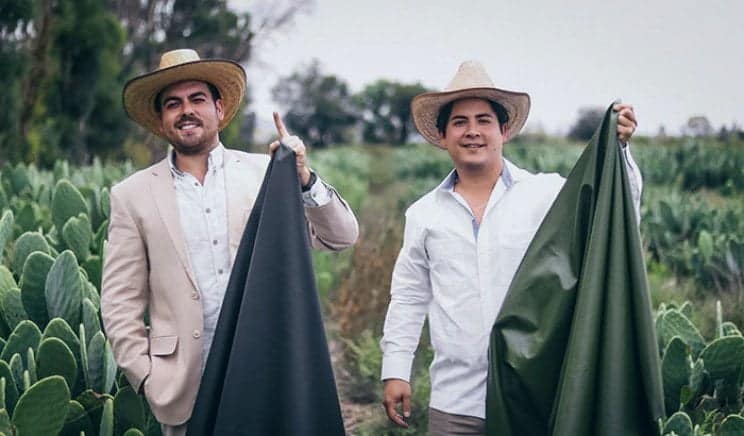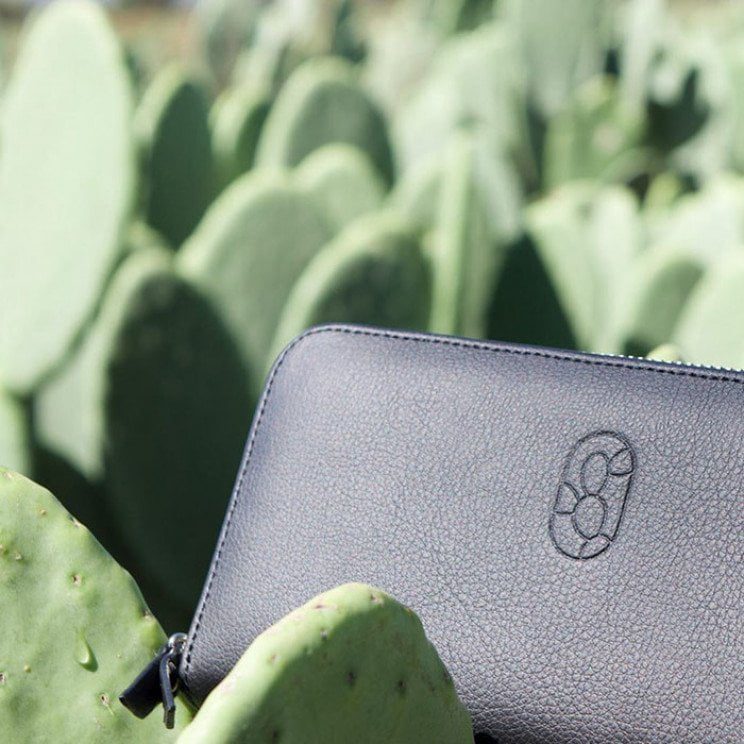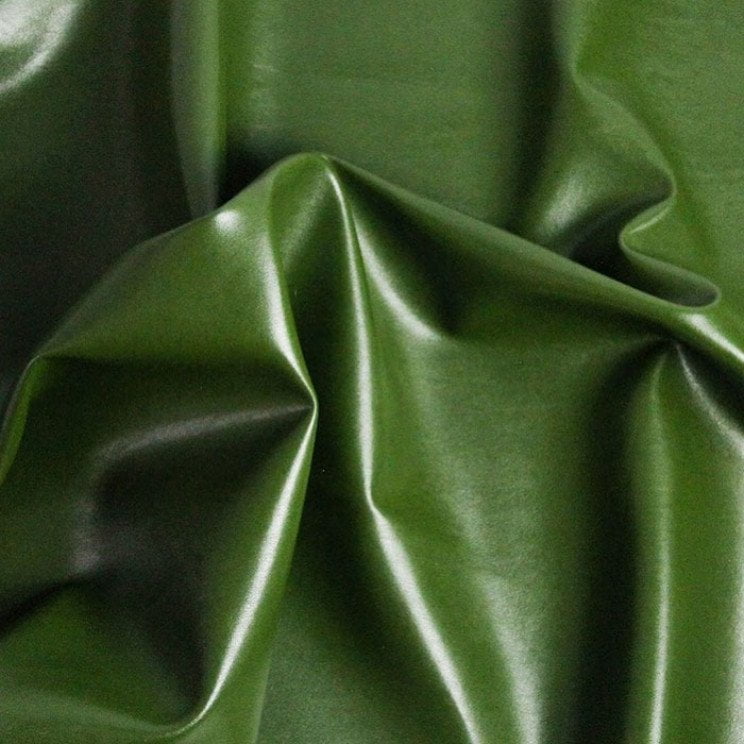Leather is a material as old as the world, or rather: like man. It constitutes the nucleus of an industry that never stops, in constant evolution, which today is worth 80 billion euros. An industry (finally) subject to moral disapproval: we have the technology and talent to emerge from an era in which they carried animal carcasses on themselves to protect themselves. Or not? We can also avoid using a myriad of chemicals in leather tanning, which seriously damage the environment. I err?
Of course, leather and leather have unique characteristics, both on a thermal and waterproof level. For this reason, substituting these materials is no joke, even if it is necessary. Today, two Mexican entrepreneurs are staying opening the way for this to become reality. The two founders of Desserto, a startup dedicated to biomaterials, have found an alternative to leather that is not only eco-friendly but has the look and feel of real leather. Their product could save millions of animals around the world if (or when) it becomes widely available. Dessert gets skin and leather from succulents. From the cactus, to be precise.

Adrian López Velarde e Mars Cázarez they are the men behind what seems like a real business. Yes, it seems impossible, but it seems that their product is quite similar to natural leather. And yes, they made some attempts: the two entrepreneurs were workers in the fashion and automotive furnishing industries. The practice made them understand how much pollution came from that type of work. This is why they have dedicated themselves to finding new and sustainable solutions.
In July 2019, their cactus-born leather took its first steps. Where, if not in the fashion capital, Milan?
A new fabric with cactus leaves

Desserto, the name of the vegan leather variety as well as the startup, is made with cacti grown on a plantation in the Mexican state of Zacatecas. This type of cactus is famous for its sturdy, thick rind, somewhat similar to animal skin. To achieve it, no chemicals, phthalates or PVC are used, and in any case different colors, thicknesses and textures are obtained.
The idea of using this raw material was conceived because this plant does not need water to grow, and there is plenty of it throughout the Mexican Republic.
Adrian López Velarde, Dessert
Desserto can be a turning point
Totally cruelty free leather and hide? A move that could change everything, given the disastrous consequences of the traditional tanning industry on animals and the environment. Tanners treat animal skin with 250 different substances, including formaldehyde, cyanide, arsenic and chromium. Once these substances enter waterways, they pollute the oceans, endanger marine life and increase people's risk of disease.
Furthermore, raising livestock for food and for their hides generates large amounts of emissions, accounting for 14,5% of all anthropological emissions of greenhouse gases .
Water use is also a big issue, so the fact that companies producing cruelty free leather reduce water consumption by 20% is of great importance. Currently, the volume used by the fashion industry alone is enormous, almost 79 billion cubic meters, which is enough to fill almost 32 million Olympic swimming pools.
How did they do it?
First of all, the collection and cutting of the mature leaves of the cacti takes place. The cacti are then cleaned, crushed and dried in the sun for 3 days. Secondly, the product is processed so that it can be used as a raw material for the production of leather. The result? An elastic, breathable and highly customizable product. Everything that animal skin can do, this plant-based skin can do better. And without costing more.
Desserto has successfully manufactured car seats, bags, shoes and clothing using this patented leather. Lodi!

Cruelty free as much as you can
Apart from these two brilliant entrepreneurs, it is comforting to point out that more and more companies are aiming to produce leather without cruelty to animals. The footwear brand No Saints turns food waste into vegan leather sneakers, using pineapple leaf fibre. Even the car industry (Porsche and Tesla across all brands) is studying interior fitting options with cruelty free leather.


